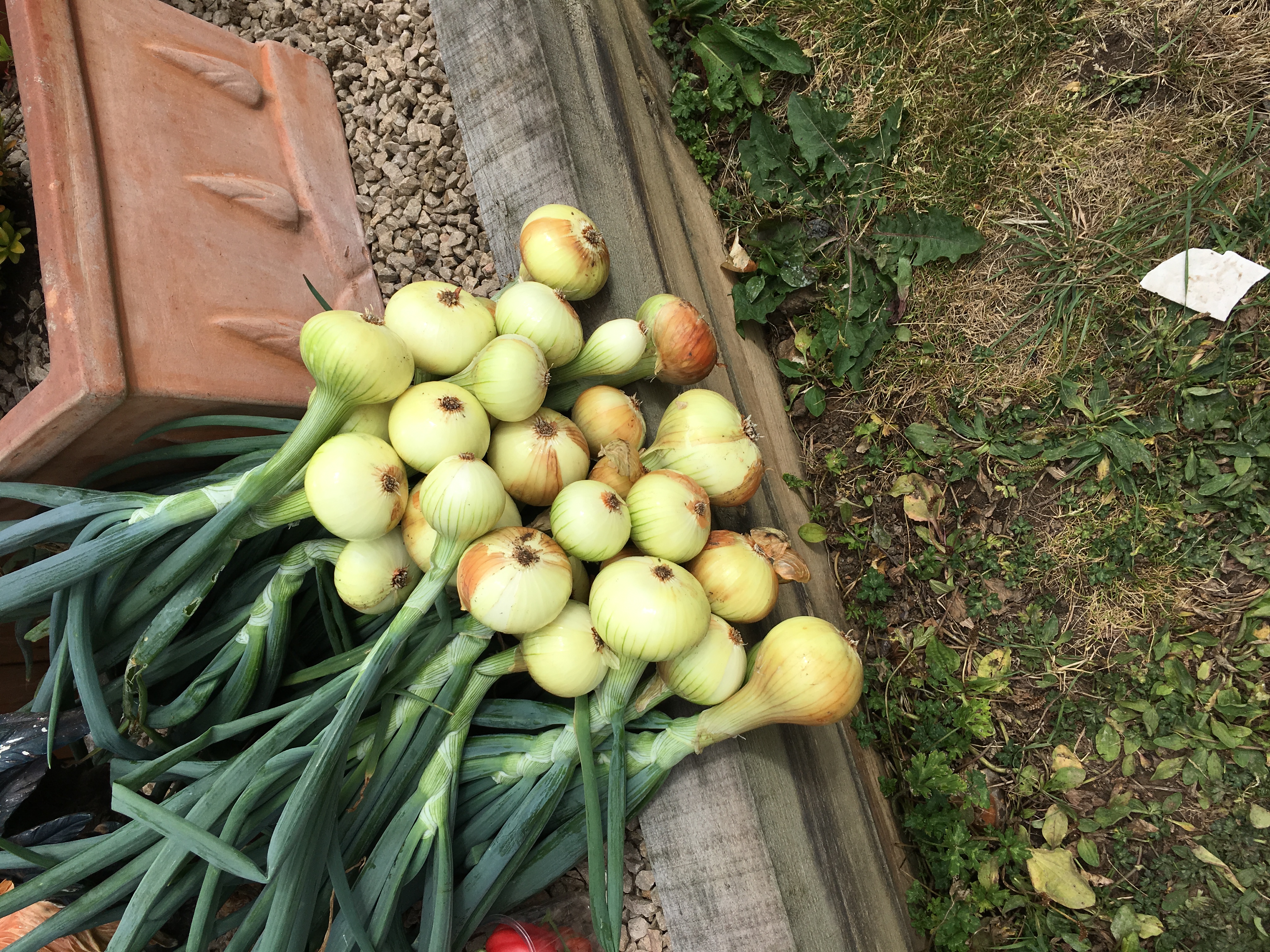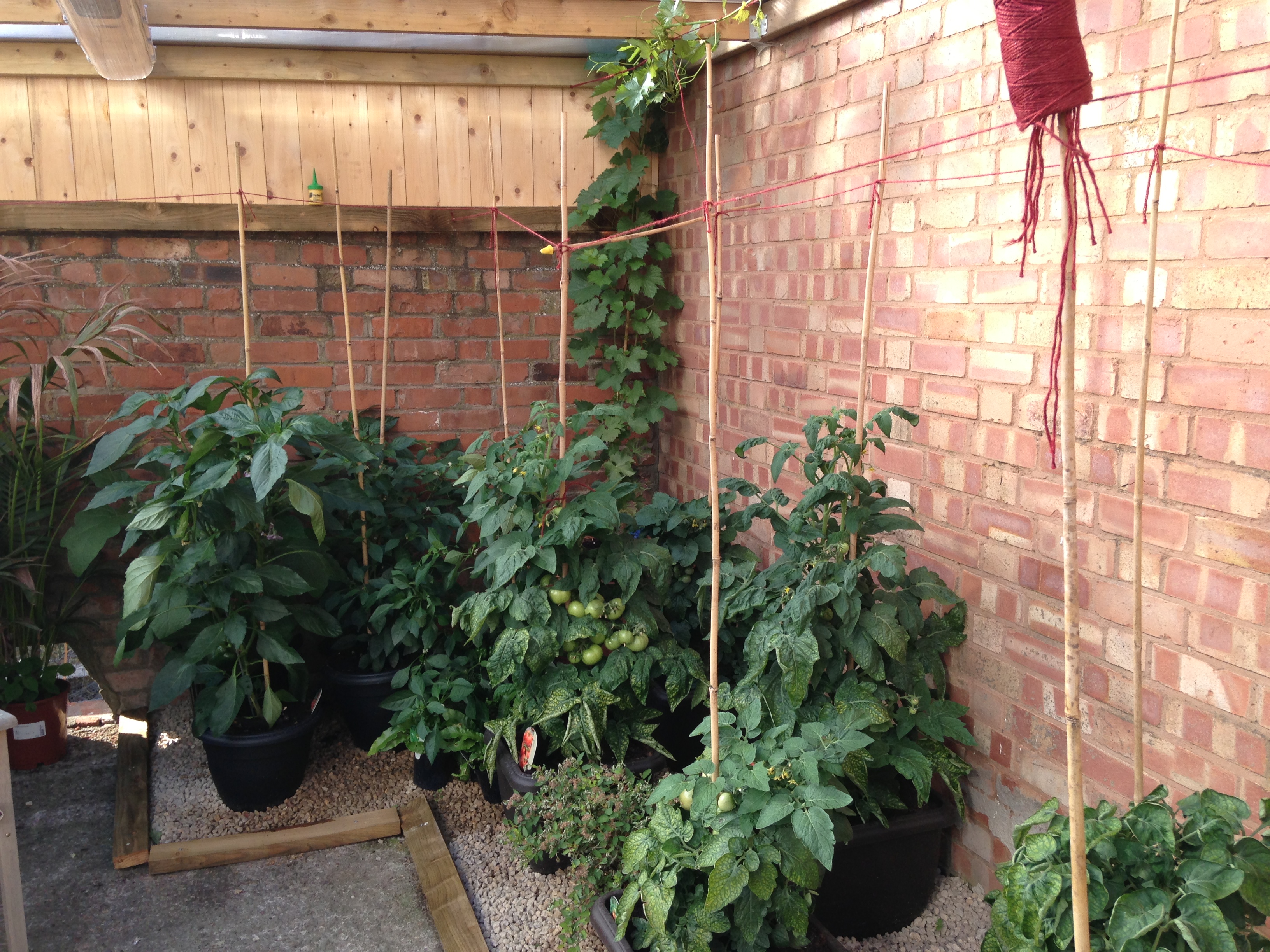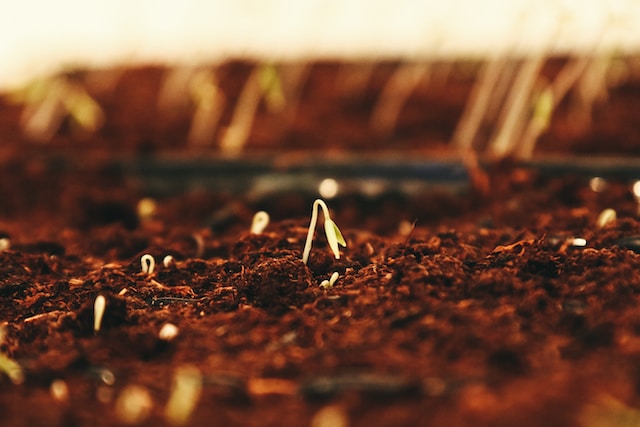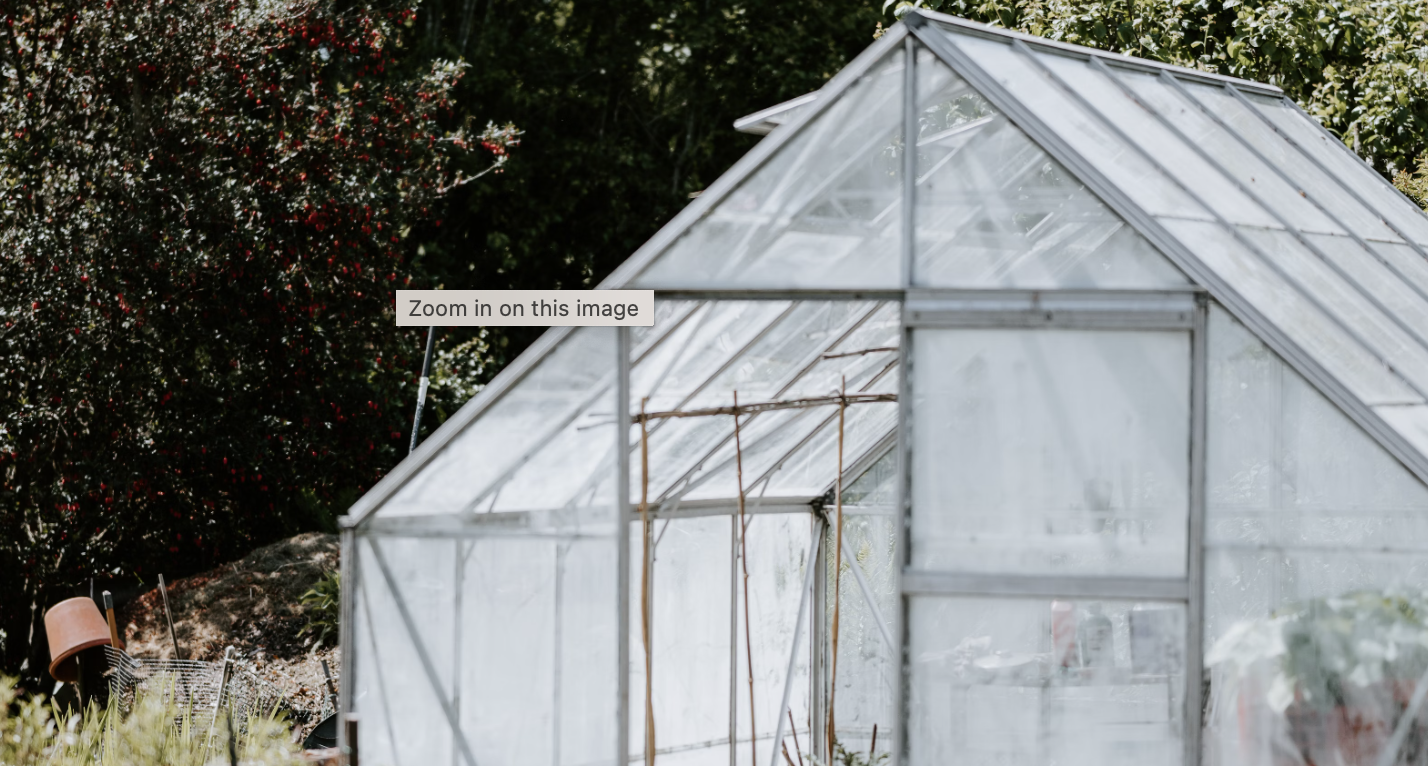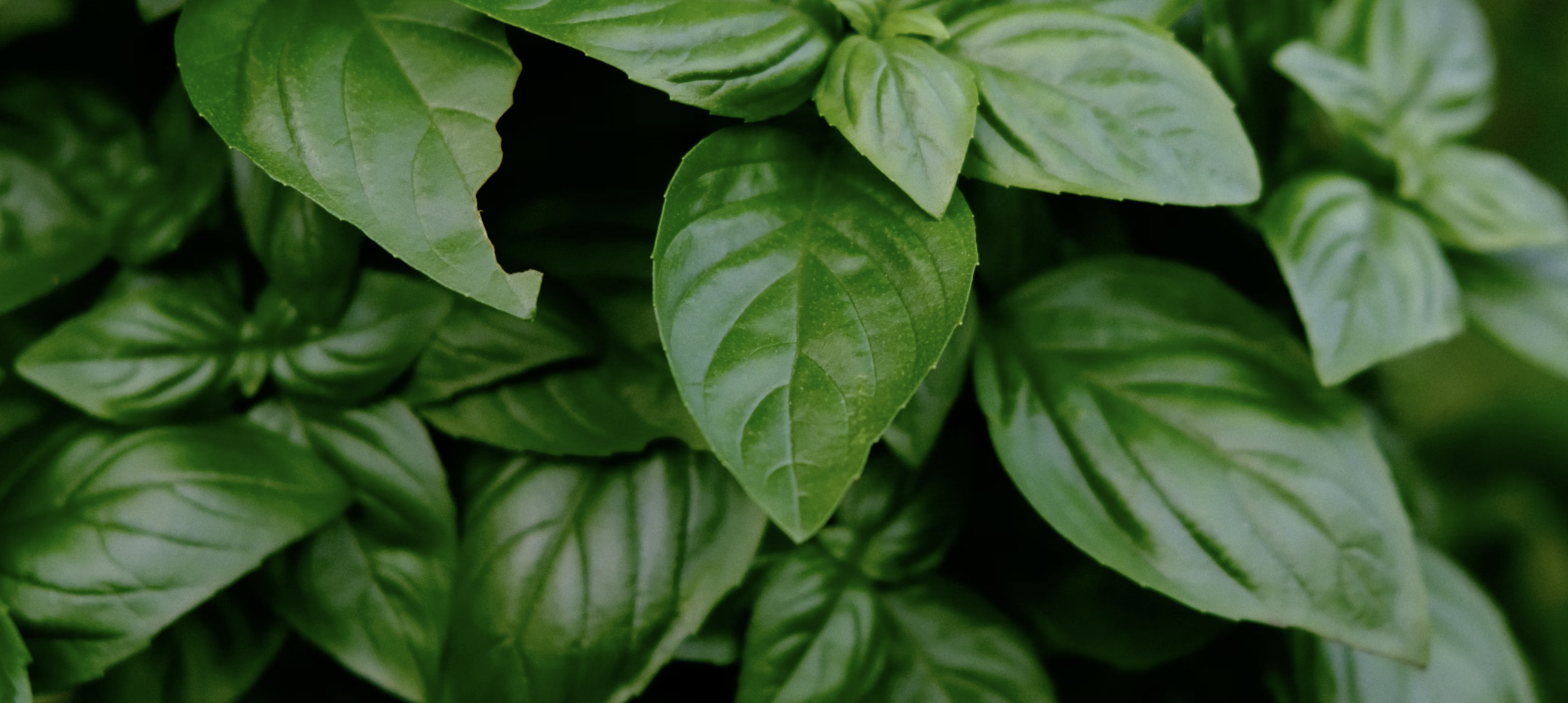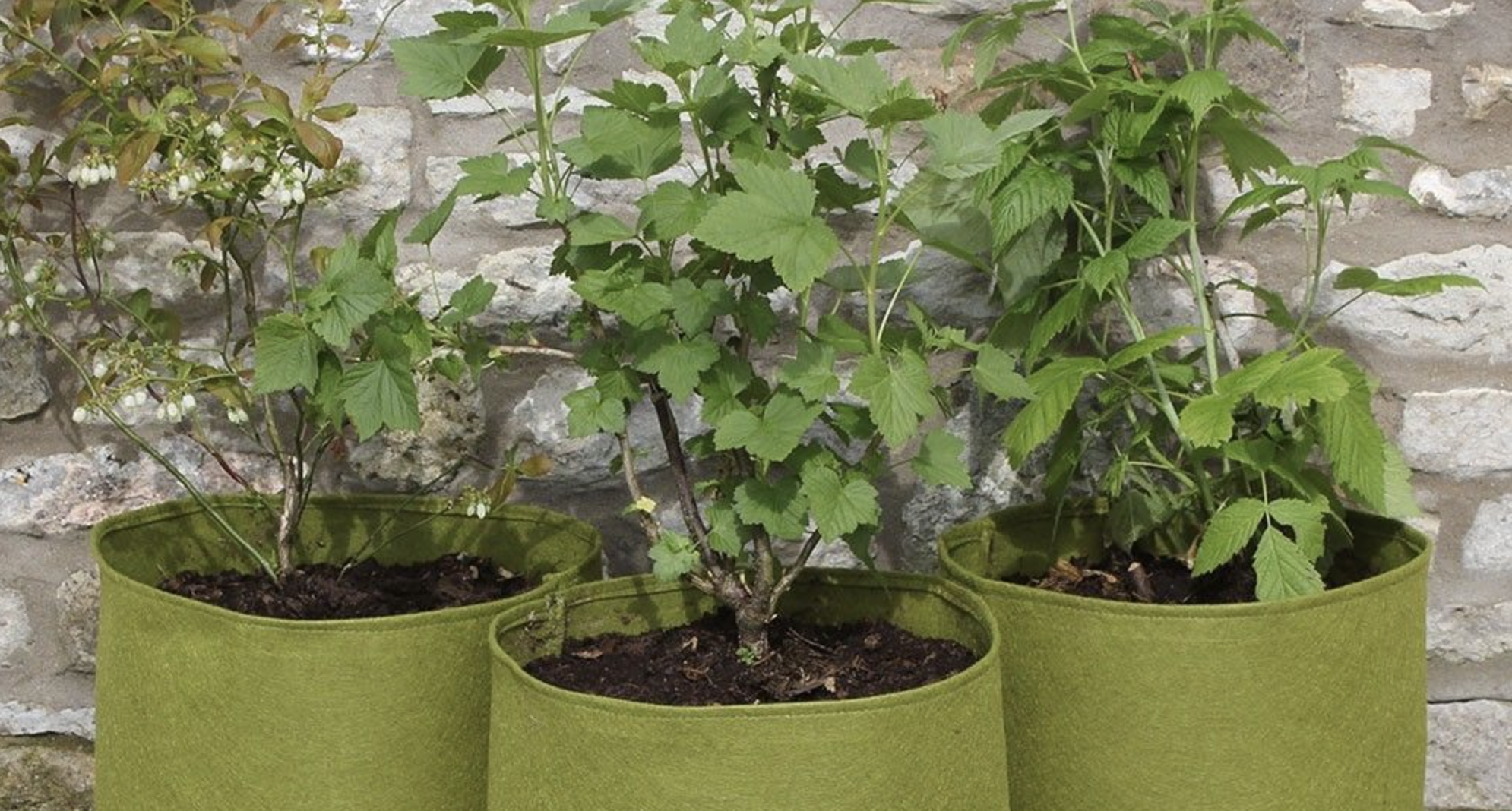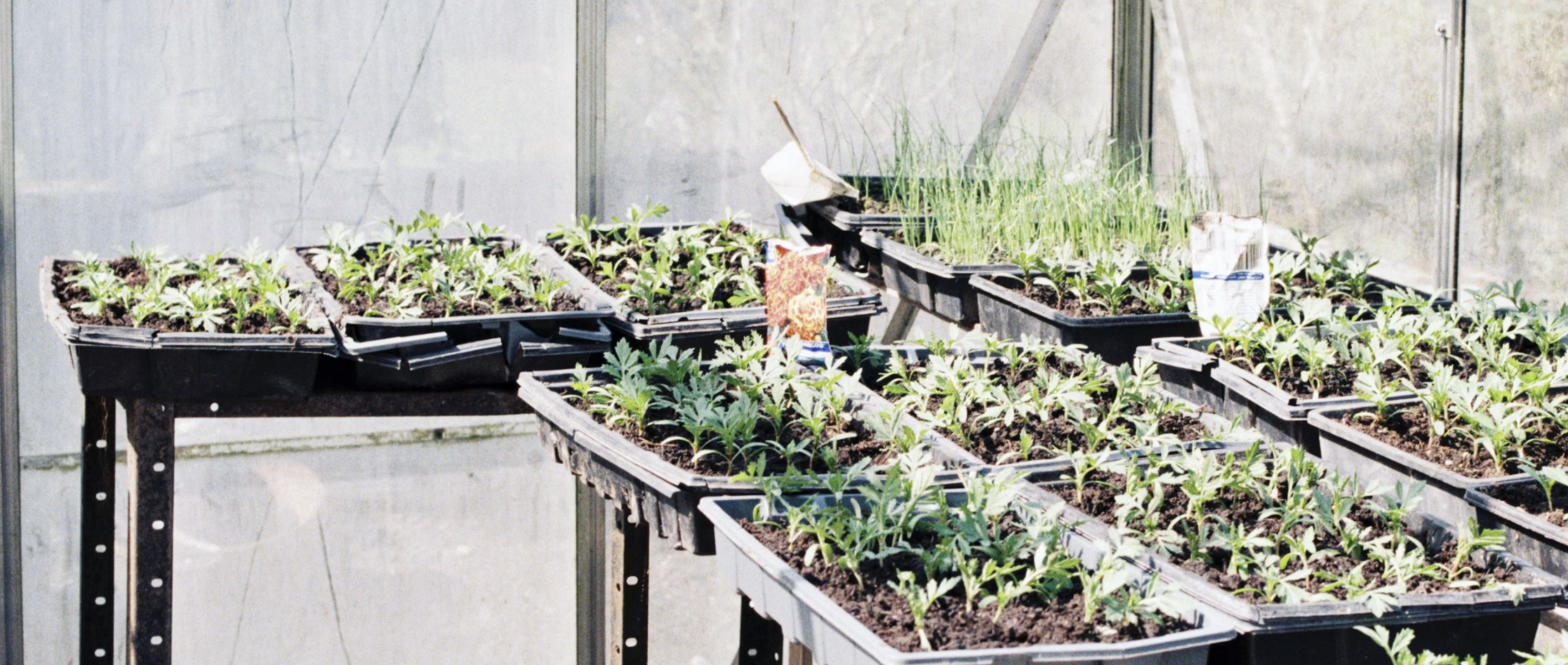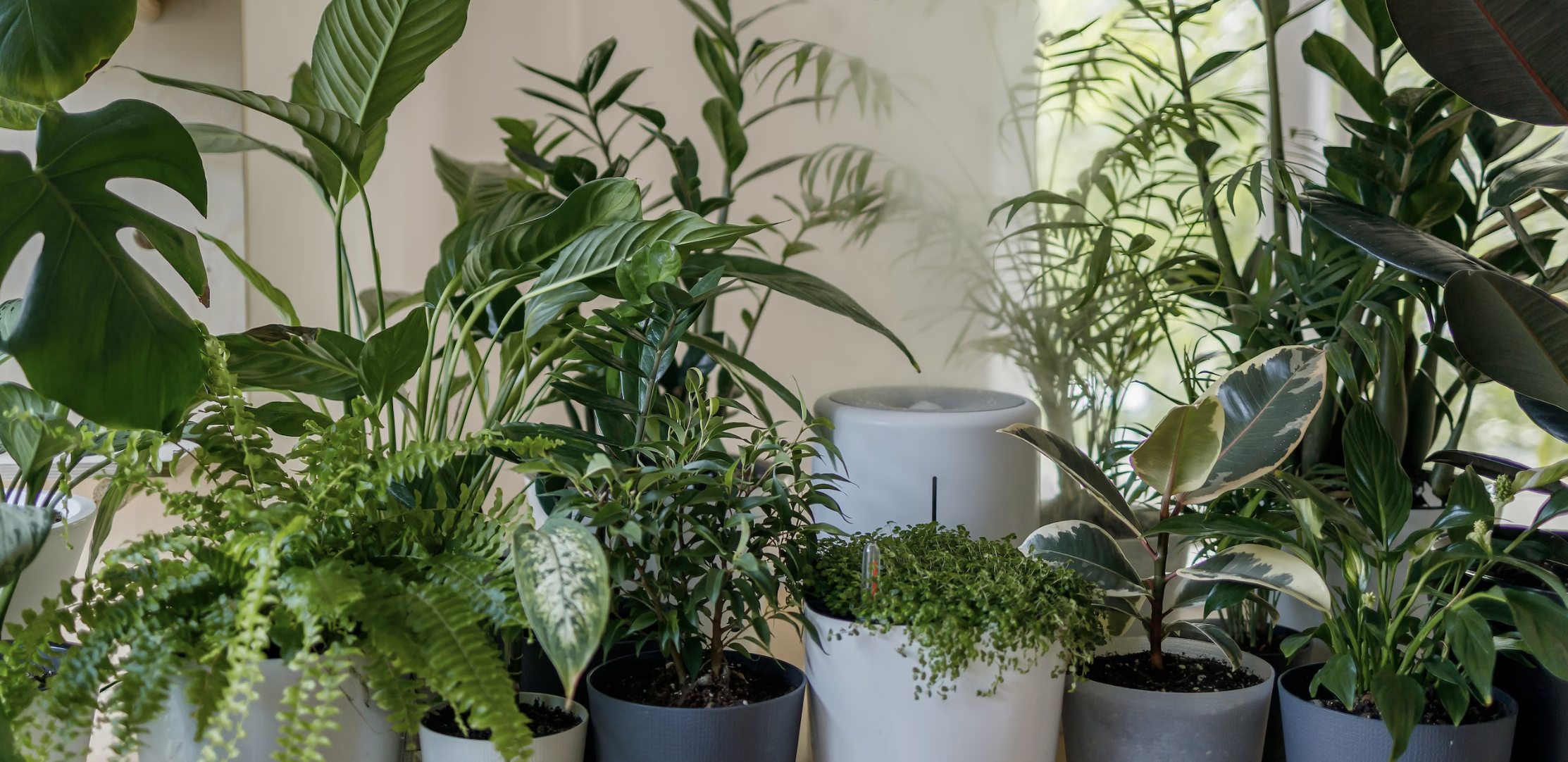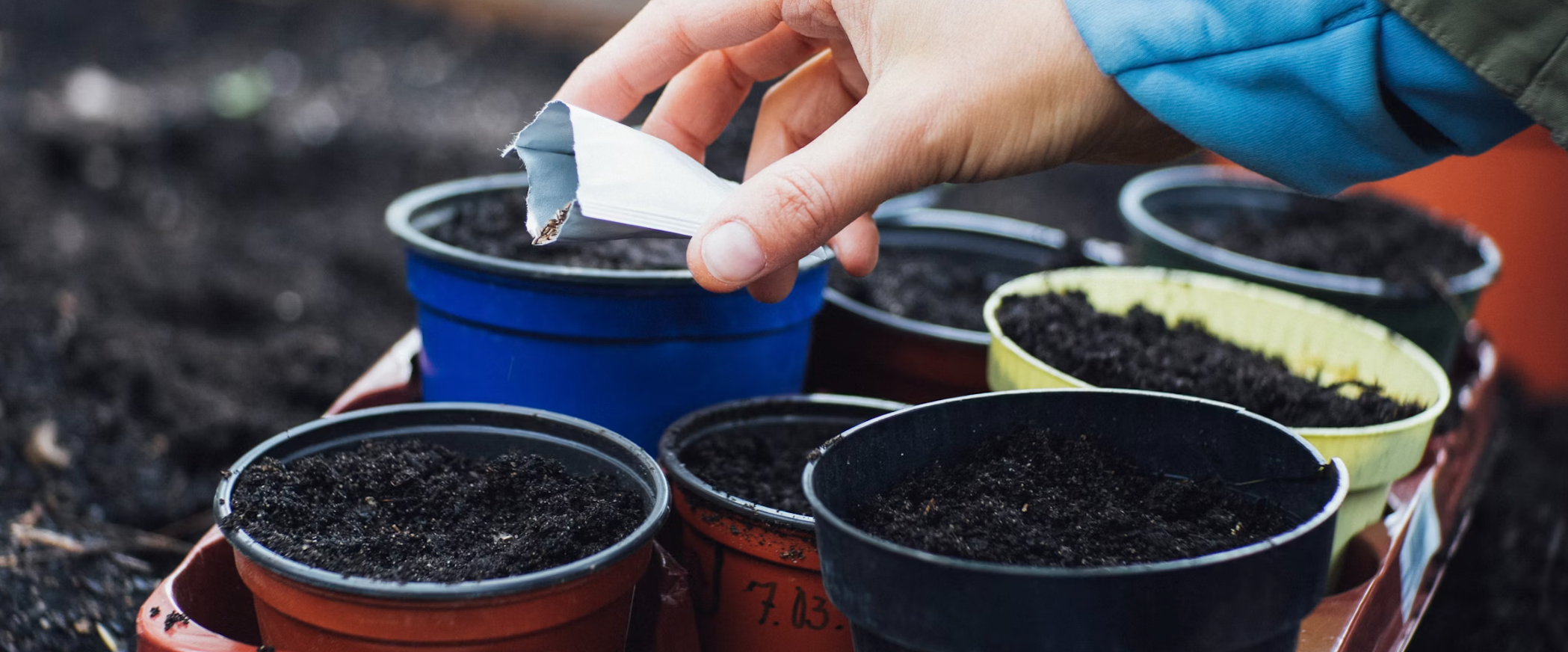
Are you a passionate gardener looking to ensure the success of your plant seeds? The key lies in unlocking the secrets of soil. By preparing the perfect bed for your seeds, you can create an optimal environment for germination and growth. In this article, we will delve into the science behind soil preparation and share expert tips on how to achieve the best results.
From determining the ideal soil composition to understanding the role of nutrients and pH levels, we will guide you through the essential steps to prepare your soil for planting. Whether you're starting a new garden bed or rejuvenating an existing one, this comprehensive guide will equip you with the knowledge and techniques necessary to cultivate strong and healthy plants.
Discover how to loosen compacted soil, incorporate organic matter, and address common soil issues such as drainage problems. We will also explore the importance of proper watering and mulching to enhance plant vitality.
Join us as we unlock the secrets of soil and empower you to create the perfect bed for your precious seeds. Get ready to embark on a journey towards gardening success!
Importance of soil preparation for successful gardening
Preparing the soil is a critical step in successful gardening. Many gardeners often overlook this step, resulting in poor plant growth and disappointing harvests. Soil preparation provides a foundation for healthy plant growth by creating a favorable environment for seeds to germinate and roots to establish.
Properly prepared soil offers several benefits, including improved nutrient availability, enhanced water retention, and better root penetration. By investing time and effort into soil preparation, you can significantly increase your chances of gardening success and enjoy bountiful harvests.
Soil preparation also helps to prevent and address common issues such as poor drainage, compacted soil, and nutrient deficiencies. Taking the time to prepare your soil sets the stage for a productive and thriving garden.
Understanding soil composition and structure
Before you can prepare your soil, it's essential to understand its composition and structure. Soil is made up of mineral particles, organic matter, water, and air. The proportions of these components determine the soil's texture, which can range from sandy to clayey.
The ideal soil composition for most plants is a loamy soil, which is a balanced combination of sand, silt, and clay. Loamy soil offers good drainage while retaining enough moisture and nutrients for plant growth. Understanding your soil's composition will help you determine if any amendments are necessary to create an optimal growing environment.
Soil structure refers to the way soil particles are arranged and how they hold together. A healthy soil structure is vital for root development and nutrient uptake. It allows for the movement of air, water, and nutrients, promoting healthy microbial activity. By improving soil structure, you can create an environment that supports robust plant growth.
Testing your soil for nutrient levels and pH
To prepare your soil effectively, it's crucial to know its nutrient levels and pH. Nutrients play a vital role in plant growth and development, and their availability in the soil directly affects plant health. Conducting a soil test will help you identify any nutrient deficiencies or imbalances, allowing you to amend the soil accordingly.
pH levels also impact plant growth as they influence nutrient availability. Most plants prefer slightly acidic to neutral soil, with a pH ranging from 6 to 7. Testing your soil's pH will help you determine if any adjustments are necessary to create the optimal pH range for your plants.
Soil testing kits are readily available and easy to use. They provide valuable insights into your soil's nutrient levels and pH, enabling you to make informed decisions when preparing your soil.
Types of soil amendments and their benefits
Soil amendments are materials added to the soil to improve its fertility, structure, and nutrient content. There are various types of soil amendments available, each with its specific benefits. Understanding these amendments will help you choose the right ones for your soil and plants.
1. Organic matter: Adding organic matter, such as compost or well-rotted manure, enriches the soil with nutrients, improves water retention, and enhances soil structure. Organic matter also encourages beneficial microbial activity, promoting a healthy and balanced soil ecosystem.
2. Sand: Incorporating sand into heavy clay soils improves drainage and prevents waterlogging. It also helps to loosen compacted soil, allowing roots to penetrate more easily.
3. Peat moss: Peat moss is an excellent amendment for improving water retention in sandy soils. It also helps to increase soil acidity, making it suitable for acid-loving plants.
4. Perlite and vermiculite: These amendments improve soil aeration and drainage while retaining some moisture. They are particularly useful in container gardening or for plants that require well-drained soil.
5. Lime and sulfur: Lime is used to raise soil pH, making it more alkaline, while sulfur lowers pH, making it more acidic. These amendments are essential for adjusting soil pH to the desired range for specific plants.
Choosing the right amendments for your soil type and plant requirements will help you create an optimal growing environment.
Steps to prepare your garden bed
Now that you understand the importance of soil preparation and the different types of amendments, let's explore the step-by-step process of preparing your garden bed.
1. Clear the area: Remove any existing vegetation, weeds, or debris from the area where you plan to create your garden bed. This will provide a clean slate for your plants and prevent competition for nutrients.
2. Loosen the soil: Use a garden fork or a tiller to loosen the soil to a depth of at least 12 inches. This step helps to improve soil structure, break up compacted soil, and allow roots to grow freely.
3. Remove large rocks and roots: Clear the area of any rocks, roots, or other debris that could hinder plant growth or interfere with root development.
4. Incorporate organic matter: Spread a layer of organic matter, such as compost or well-rotted manure, over the soil surface. Use a garden fork or a tiller to thoroughly mix the organic matter into the soil. This step enriches the soil with nutrients and improves its structure.
5. Level the bed: Use a rake to level the soil surface, ensuring a uniform bed for planting. This step promotes even water distribution and prevents water pooling.
6. Amend for pH and nutrient deficiencies: If your soil test indicates pH or nutrient imbalances, apply the necessary amendments to correct them. Follow the recommended application rates based on your soil test results.
7. Mulch the bed: Apply a layer of organic mulch, such as straw or wood chips, to the surface of the bed. Mulching helps to conserve soil moisture, regulate soil temperature, suppress weed growth, and improve overall soil health.
By following these steps, you will create a well-prepared bed that is ready for planting and will provide an ideal growing environment for your seeds.
Choosing the right tools for soil preparation
Having the right tools for soil preparation can make the task more efficient and effective. Here are some essential tools you may need:
1. Garden fork: A garden fork is useful for loosening compacted soil, incorporating amendments, and removing rocks or debris.
2. Tiller: A powered tiller can be a time-saving tool for breaking up compacted soil and preparing large garden beds. It is especially helpful for larger-scale gardening projects.
3. Rake: A rake is essential for leveling the soil surface, removing debris, and smoothing the bed before planting.
4. Soil test kit: A soil test kit is a valuable tool for determining your soil's nutrient levels and pH. It allows you to make informed decisions about amendments and adjustments.
5. Mulching tools: Depending on the type of mulch you use, you may need a pitchfork, garden hoe, or garden rake to spread and distribute the mulch evenly.
Investing in high-quality tools will make your soil preparation tasks more efficient and enjoyable, ensuring that you can create the perfect bed for your seeds.
Organic vs. synthetic fertilizers for soil enrichment
When it comes to enriching your soil, you have the option of using organic or synthetic fertilizers. Both types have their advantages and considerations. Let's explore the differences between the two:
1. Organic fertilizers: Organic fertilizers are derived from natural materials such as compost, manure, bone meal, or fish emulsion. They provide a slow-release source of nutrients, improving soil fertility over time. Organic fertilizers also contribute to soil health by promoting beneficial microbial activity and improving soil structure.
2. Synthetic fertilizers: Synthetic fertilizers are manufactured and typically contain concentrated amounts of specific nutrients. They provide immediate and precise nutrient supplementation to plants. However, they can be more prone to leaching and can negatively impact soil health if overused.
Choosing between organic and synthetic fertilizers depends on your gardening goals, preferences, and the specific needs of your plants. Many gardeners opt for a combination of both, utilizing the benefits of each type.
Proper watering techniques for newly prepared soil
Watering plays a crucial role in the success of your newly prepared soil bed. Proper watering techniques ensure that seeds germinate, roots establish, and plants receive the necessary moisture for growth. Here are some essential watering tips:
1. Water deeply: Rather than frequent shallow watering, aim for deep watering sessions that penetrate the soil. This encourages roots to grow deeper, promoting plant stability and resilience.
2. Water at the right time: Water your plants early in the morning or late in the evening when evaporation is minimal. This allows the plants to absorb water effectively and reduces the risk of fungal diseases.
3. Avoid overwatering: While it's important to provide enough moisture, overwatering can lead to root rot and other problems. Monitor the soil moisture levels and adjust your watering frequency accordingly.
4. Mulch to conserve moisture: Apply a layer of organic mulch around your plants to help retain soil moisture. Mulch acts as a barrier, reducing water evaporation and preventing weed growth.
5. Use the right watering method: Consider using drip irrigation or soaker hoses to deliver water directly to the root zone. This method minimizes water waste and ensures efficient water distribution.
By following these watering techniques, you can provide your plants with the right amount of moisture, promoting healthy growth and development.
Maintaining and improving soil health over time
Soil health is an ongoing process that requires regular maintenance and continuous improvement. Here are some key practices to maintain and enhance soil health over time:
1. Crop rotation: Rotate your crops each season to prevent the build-up of pests and diseases. Different plants have different nutrient requirements, and rotation helps maintain a balanced soil ecosystem.
2. Cover cropping: Plant cover crops during the off-season to protect and nourish the soil. Cover crops, such as legumes or grasses, help prevent erosion, suppress weeds, and add organic matter when incorporated.
3. Composting: Create a compost pile using kitchen scraps, yard waste, and other organic materials. Compost adds valuable nutrients and organic matter to the soil, promoting microbial activity and overall soil health.
4. Avoid excessive tilling: Excessive tilling can disrupt soil structure and lead to erosion. Minimize the frequency of tilling and opt for no-till or reduced-till methods whenever possible.
5. Regular soil testing: Conduct regular soil tests to monitor nutrient levels, pH, and other soil parameters. Soil testing provides valuable insights into your soil's health and allows you to make informed decisions about amendments and adjustments.
By implementing these practices, you can maintain and improve your soil health over time, ensuring the long-term success of your garden.
Conclusion: Enjoy the fruits of your labor in a well-prepared soil bed
Unlocking the secrets of soil and preparing the perfect bed for your seeds is the key to successful gardening. By understanding soil composition, testing for nutrient levels and pH, and incorporating the right amendments, you can create an optimal environment for plant growth and development.
Remember to choose the right tools, practice proper watering techniques, and maintain and enhance soil health over time. With these expert tips and techniques, you will be well-equipped to enjoy the fruits of your labor in a thriving and productive garden. So, roll up your sleeves, dig into the soil, and embark on a journey towards gardening success!




